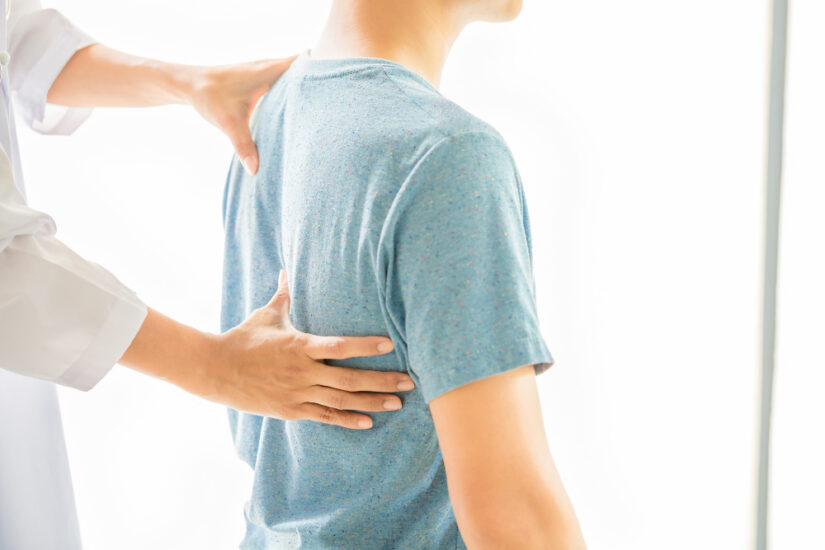ARTICLES

Osteoporosis: What causes it and how to prevent unpleasant situations
Osteoporosis is a chronic disease of bone metabolism, during which a gradual decrease in their density and quality is observed, with the result that they become more fragile and thin over time.
It differs from osteopenia, which refers to low bone mass but does not lead to fractures. However, if not prevented, it can develop into osteoporosis over time.
Osteoporosis is divided into primary and secondary osteoporosis. In the primary we usually have postmenopausal osteoporosis, which occurs when women stop releasing estrogen after menopause. Secondary osteoporosis results from the existence of specific diseases (diabetes, endocrine diseases, rheumatoid arthritis, diseases of the gastrointestinal system).
The symptoms of osteoporosis are:
- Bone pain or tenderness.
- Pain on the back.
- Sudden fractures.
- Difficulty with balance when standing or climbing stairs.
Vertebral compression fractures are the most common clinical consequence of osteoporosis, which are usually manifested by localized pain in the low back (the area of the back between the chest and the buttocks, or more simply the waist), which sometimes radiates to the lower extremities.
Although vertebral fractures take 4-8 weeks to heal, subsequent vertebral fractures may occur, leading to:
- Chronic painful syndromes.
- Kyphotic configuration of the spine.
- Loss of height.
There are a number of factors that can contribute to the development of osteoporosis and they include:
- Age (over 60-65 for women, over 70 for men).
- Gender (more common in women).
- Early menopause (around 42 years).
- Existence of a family member with the disease (heredity).
- Existence of a medical condition such as celiac disease.
- Thyroid problems.
- Taking certain medicines (eg steroids or chemotherapy drugs).
- Sedentary life and lack of exercise.
One way to treat osteoporosis is exercise. Muscle pulls on bones during exercise help activate bone-producing cells and strengthen bones.
For older adults, regular walking is considered a good start. However, the more regular the exercise, the better. For even better results, exercise should be intermittent, aiming for at least 30 minutes of moderate exercise or physical activity five times a week. Excessively vigorous exercise, such as long-distance running, may not be good for the body.
Calcium and vitamin D play an important role in bone health. The body needs adequate amounts of vitamin D to absorb calcium from food. The recommended daily calcium intake for adults over 50 is at least 1,000 mg per day. Those above this age should also try to get adequate amounts of vitamin D daily (800 IU). In addition, proteins are very important for nutrition and it is recommended to consume one gram of protein per kilogram of body weight.
Ideal Supplement for good bone health:
Calcium Plus 30 tablets
For the utilization of calcium, sufficient vitamin D and magnesium are needed, which is why all three of these nutrients coexist in Platinum Formula Calcium Plus.
Designed to help:
- in maintaining the normal condition of bones and teeth.
- in the normal functioning of the muscles.
In addition, vitamin D contributes to:
- In the normal absorption/utilization of calcium and phosphorus, in the maintenance of normal calcium levels in the blood, in the maintenance of the normal state of bones and teeth.
- In reducing the risk of falling which is positively associated with postural instability and muscle weakness. Falling is a risk factor for fractures among men and women aged 60 years and older.
- In the normal development of bones in children.
Recommended for:
- People with calcium deficiency
- Those with weak bones
- Children and teenagers
- Menopausal women
- Older adults
- Elderly people